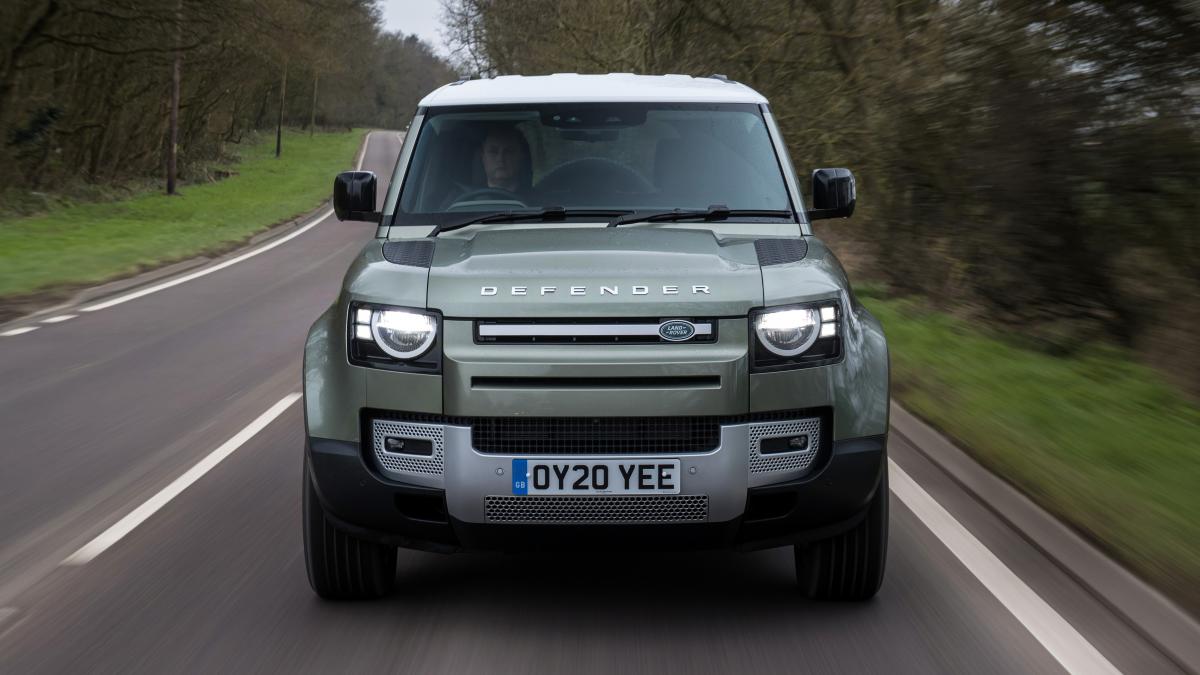First, it must thrive in the EU; second, it must reduce its production to break-even point.
Across the wider reinvention of the JLR business, the biggest hurdle for the company to overcome is probably achieving its ambition to take much larger shares of the two most profitable market segments around the globe.
Of note is JLR’s intention to increase its EU share of the most profitable market segment (represented by the Range Rover luxury SUV) from 14% to 27% by 2026.
In the next most profitable sector, in which it fields the Velar, JLR is looking to boost its EU market share from 11% to 26% in 2026 and from 36% of the UK market to a huge 58%. It’s an aim that really would take the fight to BMW and Mercedes, and one that could represent JLR’s acknowledgement of Volvo’s success in driving upmarket.
The other big industrial move is for JLR to reduce its production break-even point. According to internal figures, JLR had a cash burn of $1.6 million in 2018, when investment in the MLA platform and new Defender was peaking at $9 billion. It needed to make 575,000 vehicles to break even but managed only 508,000.
However, JLR’s break-even point is said to be below 450,000 units this year and will further improve as Castle Bromwich goes offline and is repurposed, possibly for battery-related manufacture.
It is expected the launch of the new Range Rover and Range Rover Sport over the next 18 months will massively boost profits to help finance the engineering of the EMA architecture.
Hilton Holloway




